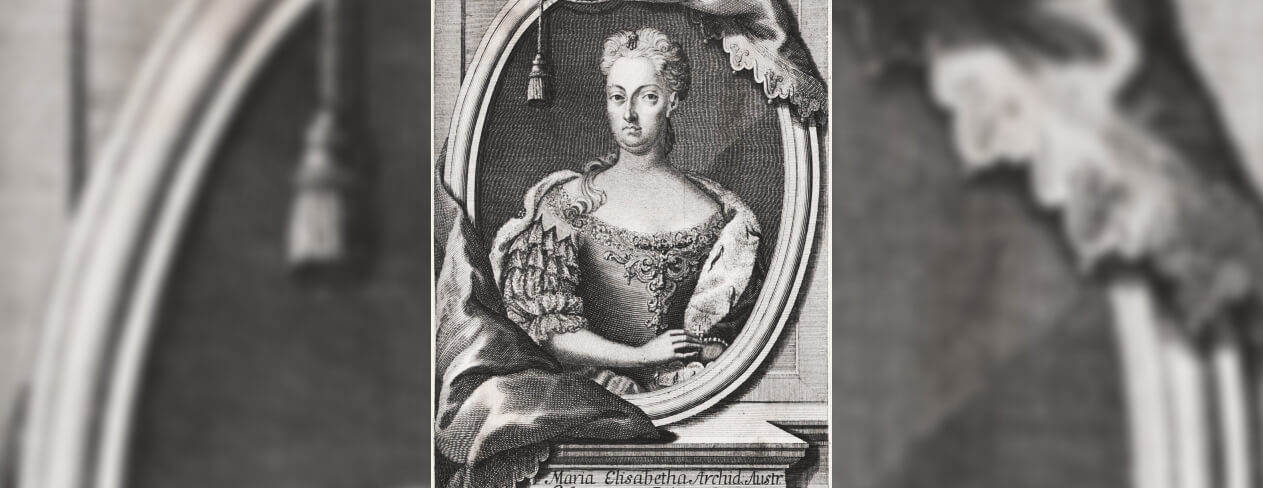
Archduchess Maria Elisabeth, the daughter of Emperor Leopold I and long-time governess of the Austrian Netherlands, died on 26 August 1741. With her, the dynasty lost a talented political leader and administrator.
In 1715, after the defeat in the War of the Spanish Succession, Austria received the Spanish Netherlands as compensation. Due to widespread hostility towards the Austrians, Emperor Charles VI decided to replace the military administration of Prince Eugene of Savoy with that of a trusted family member. His choice fell on his unmarried sister, Maria Elisabeth, who had already demonstrated her political skills by successfully governing Tyrol. Her appointment took place in 1725 and lasted until her death sixteen years later.
Maria Elisabeth quickly became popular among her new subjects. Her arrival in Brussels alone helped restore normal diplomatic relations between the Netherlands and the Holy See, which had been partially severed since 1634. She managed to keep the province free from conflicts and dangerous alliances, enabling its economy to recover and flourish. Strong-willed by nature, she occasionally clashed with the ministers sent from Vienna—especially in the latter part of her reign, when she had gained considerable experience and self-confidence.
The economic prosperity of the Austrian Netherlands allowed Maria Elisabeth to support extensive building projects and maintain a vibrant court life. She was a consistent patron of the arts and music, prioritising them over redundant court offices, which she either abolished or restructured.
Maria Elisabeth died suddenly in the Netherlands at the age of 60. A few years later, her niece, Empress Maria Theresa, had her remains transferred to Vienna, where she now rests in the Capuchin Crypt alongside her relatives.
Access to the Metatext via placing an order for an augmented product. See Terms of Use